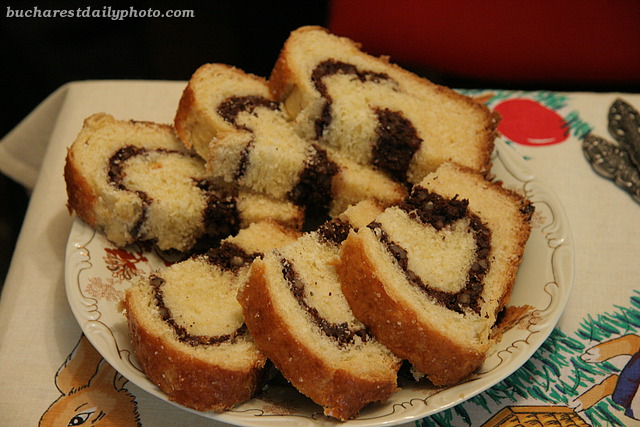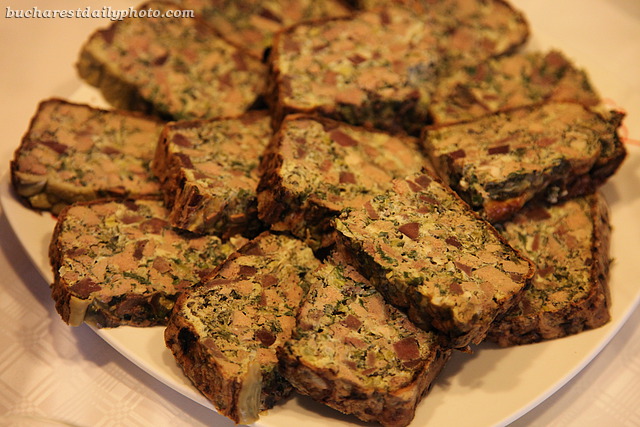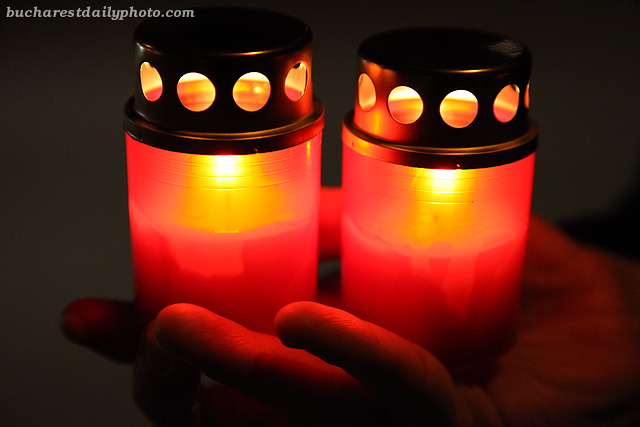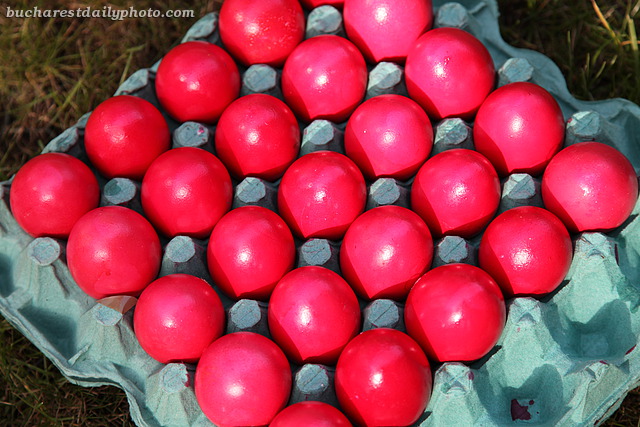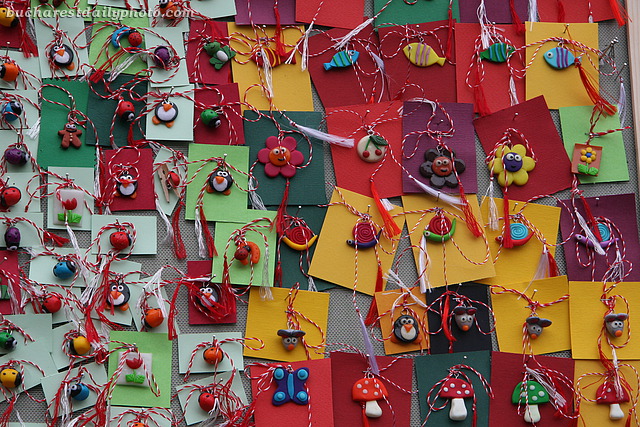The other highlight of the Easter meal, from my point of view, is this traditional dessert, called cozonac which, as I discovered, has it own wikipedia page. It’s traditionally prepared for every major holiday (Christmas, Easter, New Year) and in taste is similar to the Italian Panettone. It’s not easy baking a good cozonac. My grandmother used to bake a very good one but unfortunately the tradition stopped with her: my mom never got it right and I never tried to bake one. Only reading the recipe makes me want to give up 🙂
Most of the dishes we prepare for the Easter meal are made of lamb, including this traditional Easter appetizer called drob which is made using lamb organs: heart, kidneys, liver. It’s a bit similar to a meatloaf. It’s one of my favorites and I can’t have enough of it, especially considering that I’m only eating it once a year. I looked for lamb drob recipes on the web and found plenty of sources (for example this one or this one). I also discovered that this dish can be found in Bulgaria as well.
As the customs goes, we went to the church at midnight to “get the light”. The priest comes out of the church with a lit candle which quickly gets spread around the crowd. It’s supposed to bring luck, if you can get it home without blowing it. After the short sermon we were invited at a friends house where we had fun with Easter eggs tapping. Happy Easter to everyone who celebrates it!
This was my second choice for yesterday’s Theme Day: Easter eggs colored by my mother-in-law, to be enjoyed on Sunday.
Today’s photo was intended for yesterday, but since I decided to participate in the Theme Day of the City Daily Photo website, I kept it for today. Mărţisor is a traditional celebration taking place every year on March 1st and marking the arrival of spring. Its name comes from the name of the month of March (martie in Romanian) and literally it means “little” March. On this day the custom is to give small objects as a gift to those close to you, all this objects having one thing in common, a red and white string which is tied to the object. Usually men give this gifts to women and women (only) wear them pinned to their shirts for luck. The wikipedia article linked above cites that in the past this objects were seen as talismans or charms while today they have “became more of a symbol of friendship and love, appreciation and respect”. The article also talks about this custom being very old, with many ethnologists saying that its roots go as far as the Roman Empire or the Thracians. It is a nice custom and a good way for artists to make some money by selling hand made “mărtişoare” – the small object given as a gift bears the same name as the name of the celebration: mărţişor.
